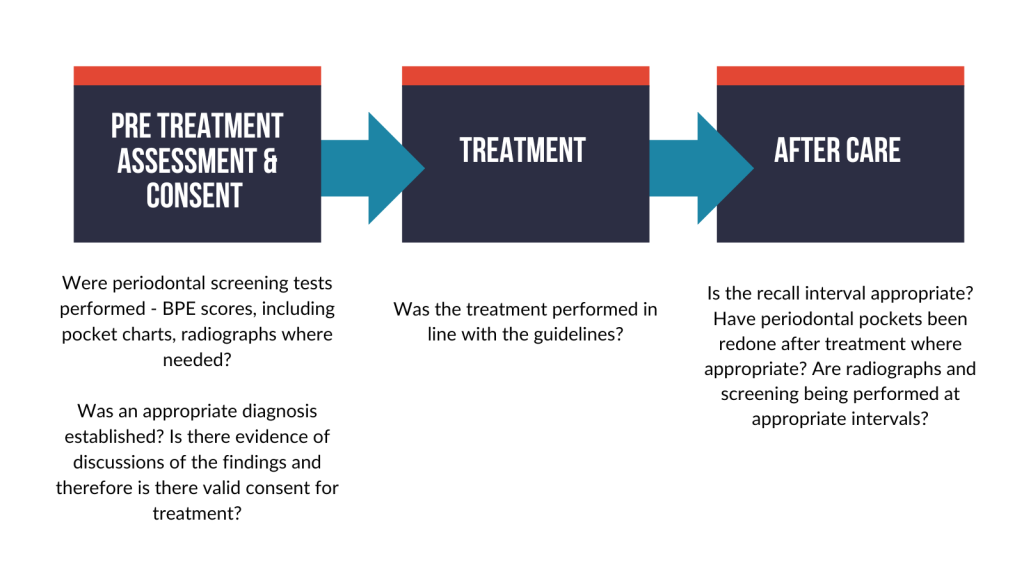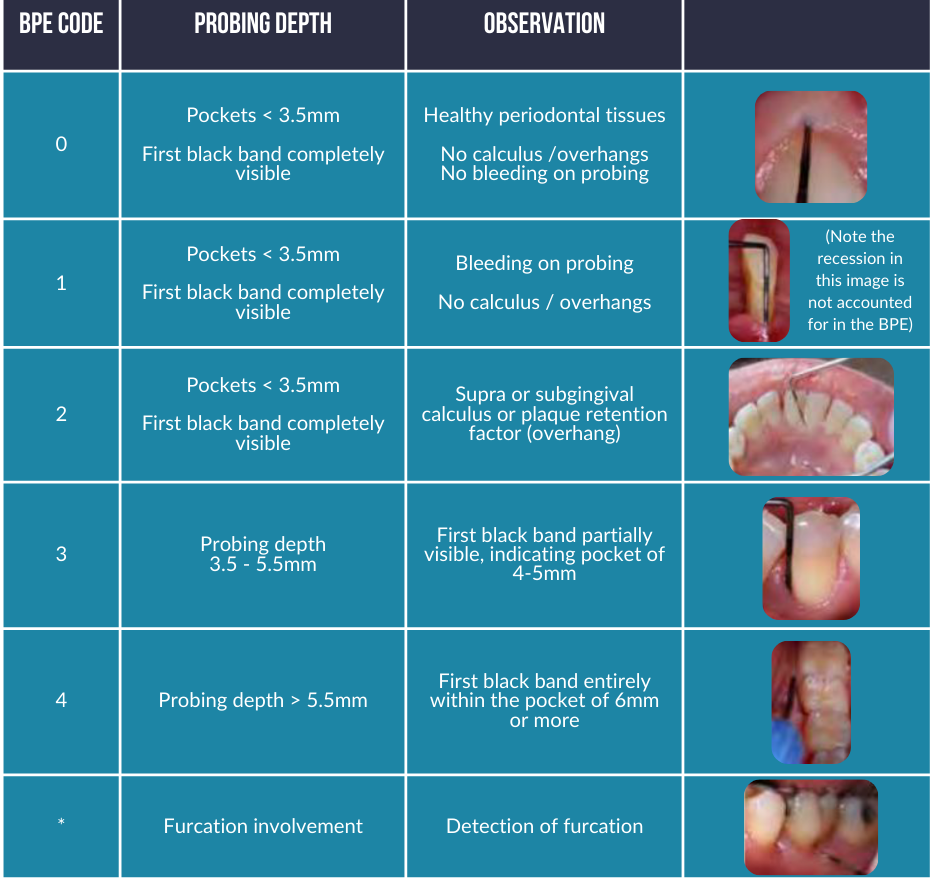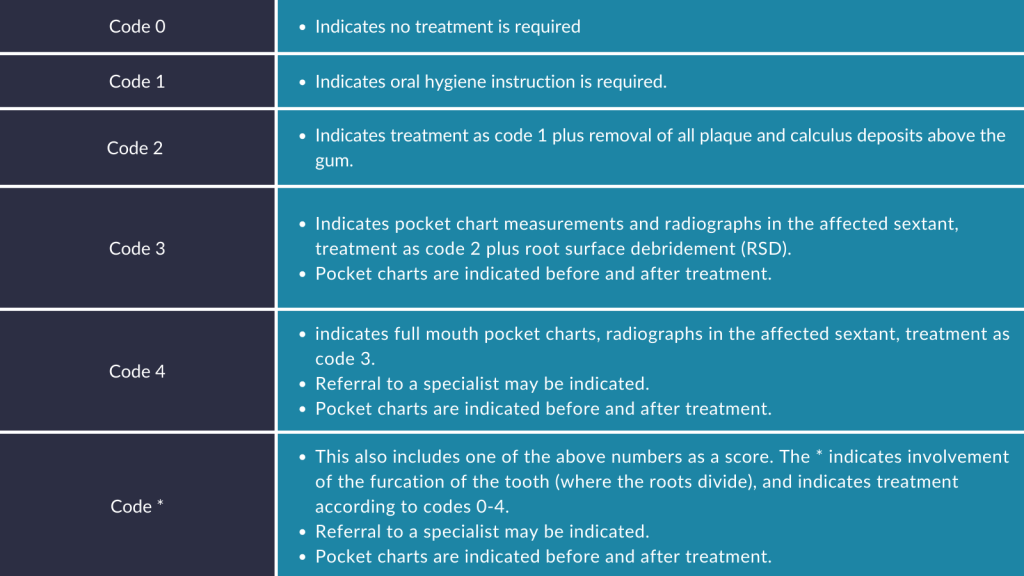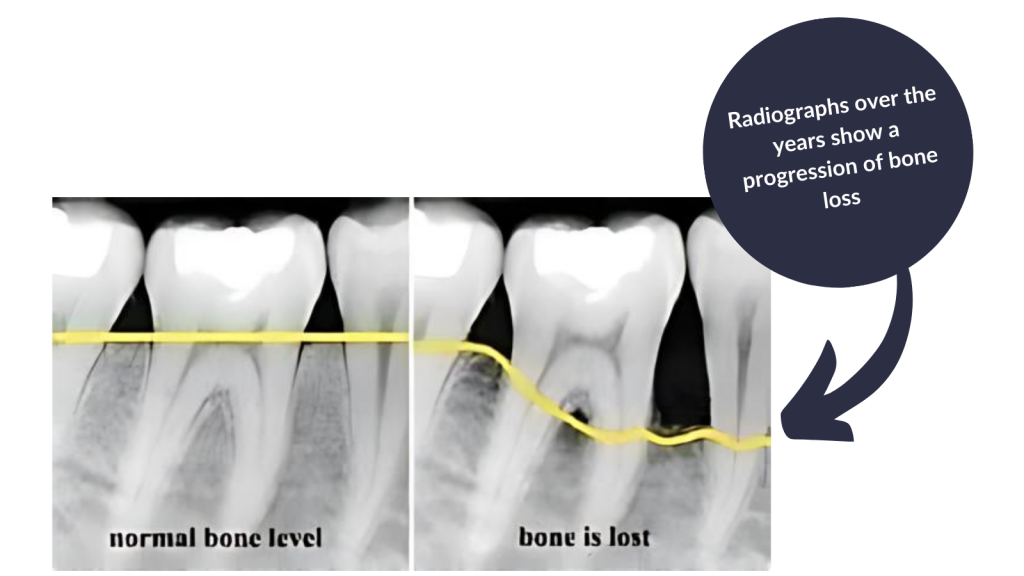Author: Dr Ravinder Varaich
Periodontal Disease
Claims involving periodontal disease have been at the top of the leaderboard of dental claims for some time, and for good reason! Failure to appropriately screen, diagnose and manage the condition results in loss of teeth and need for replacements. But what are we looking for in the records? When has there been a breach of duty and failures from a dental health professional, and when are the effects of the disease due to patient factors?
Aetiology of Periodontal Disease
- Periodontitis is a chronic inflammatory disease of bacterial origin that affects the supporting tissues around the teeth. The disease is initiated by the accumulation of plaque, which is a biofilm composed of bacteria and their products on the tooth surface. The host’s immune response to the bacterial challenge is responsible for the destruction of the periodontal tissues. The severity of the disease is influenced by various factors, such as smoking diabetes, and genetic predisposition. The risk to the disease can be reduced by maintaining good oral hygiene, and regular dental examinations.
- The 2009 UK Adult Dental Health Survey indicates 37% of the adult population suffers from moderate levels of chronic periodontal disease (with 4-6mm pocketing), while 8% of the population suffers from severe periodontitis (pocketing exceeding 6mm).
- Periodontal disease is a slowly progressing disease, and bone loss occurs over a period of years. Therefore, a case of periodontal disease should include records as far back as possible in order to establish when the disease is likely to have begun, and the pattern of progression.
- Periodontal cases are usually multifactorial, and involve numerous dentists over a period of years, and causation is usually split between numerous defendants.
Breaches of Duty
- As healthcare providers, dentists are expected to screen, diagnose and manage periodontal disease. Failures to do so is a breach of duty.
- Any negligence case is generally split into pre treatment assessment and consent, treatment and aftercare

- The minimum standard of care is a periodontal screening tool, the BPE score (basic periodontal examination). Screening involves probing of the gums and scoring according to the presence of bleeding on probing, presence of plaque and calculus deposits, and the depth of pockets present. Failing to perform basic periodontal screening is a breach of duty.
- The 2009 UK Adult Dental Health Survey indicates 37% of the adult population suffers from moderate levels of chronic periodontal disease (with 4- 6mm pocketing), while 8% of the population suffers from severe periodontitis (pocketing exceeding 6mm).
- The below table taken from the British Society of Periodontology shows the codes and what they represent.

- British Society of Periodontology guidelines state a BPE examination should be performed at every examination appointment. Patients scoring codes of 3 or 4 require a more detailed periodontal pocket charting, as well as radiographs showing bone levels around the affected teeth.
The BPE code indicates the treatment required as noted in the table below:
British Society of Periodontology Guidelines

Failures to perform the treatment indicated for each score is a breach of duty.
It is the dentist’s responsibility to establish a diagnosis in accordance with the 2017 classification. The above BPE scores and where relevant pocket measurements, bleeding on probing and radiographs are required to establish this diagnosis. Failure to diagnose the patient appropriately is a breach of duty.
Patient Factors
The patient also has a responsibility to ensure they follow advice given, such as recall intervals of attendance, following oral hygiene advice, smoking cessation, and management of their general health.
Sample Periodontal Disease Case
The Claimant’s Summary
42-year-old Mrs. A has attended the same practice for 20 years. More recently, she complained of bad breath, bleeding gums, and was starting to note her teeth were drifting.
She was a smoker, smoking 20 a day since the age of 15, had poorly controlled diabetes, and reports she was told by her dentist that she had gingivitis and she was told she should brush better and floss, but was shocked when she attended a new dentist and learned she had severe bone loss and would likely lose her teeth within the next 5 years, which upsets her greatly as she saw her mother lose her teeth at a young age and struggle all her life with dentures.
She enjoys singing in her local choir and plays the saxophone, and does not want to wear dentures as she feels it will affect her ability to sing and use the saxophone.
Upon the advice of her dentist, she has stopped smoking, improved her oral hygiene, and now flosses and uses inter-dental brushes 2x daily. Her pocket measurements have reduced significantly, and she now attends every 3 months to see the hygienist. However, it is too late for a number of her teeth, and she wants to know whether she has a case for negligence.
The Dental Records:
The records of the practice are very brief with historical records being typical of the below note:
Exam, c/o bleeding gums
Poor OH, OHI given
BPE
121
222
Bitewings: NAD
Diagnosis: Gingivitis
Risks, benefits discussed consent given.
S/P done
TCA 6 months

Brief Breaches of Duty
Pre-treatment assessment and consent
- There was a failure to appropriate screen for periodontal disease in accordance with BSP (British Society of Periodontology) guidelines. The records show scores of 1s and 2s throughout the period of care, and considering the bone loss noted, there is clear inaccuracy in the BPE scores.
- Considering the assertion of inaccurate BPE scores, there are failures to perform pocket measurements, and appropriate radiographs were not taken as not all bone levels are visible on the radiographs taken. There was a failure to record bleeding on probing after 2018 in accordance with BSP guidelines.
- There was a failure to note bone loss on the radiographs in line with record keeping guidelines (General Dental Council and FGDP guidelines). There was also a failure to discuss the radiographic findings with the patient.
- Considering the bone loss, the diagnosis of gingivitis was noted to be inappropriate as this does not consider the bone loss, and therefore presence of periodontal disease. There was therefore a failure to diagnose periodontal disease.
- From 2018 onwards there was a failure to diagnose the periodontal disease in accordance with the 2017 BSP guidelines.
- There was a failure to consider and manage the patient’s risk factors to periodontal disease, namely, there was a failure to provide appropriate oral hygiene advice and discuss the role of plaque in the aetiology of periodontal disease. Though it is noted in the records OHI given, there is no evidence specific and tailored advice was provided to the patient, such as frequency and technique of toothbrushing, frequency and technique of flossing and use of inter-dental brushes. There were failures to determine genetic factors (the patient’s mother lost her teeth at an early age) meaning the patient was at a higher risk of developing the disease, failure to discuss smoking cessation, and the role of smoking in the aetiology of periodontal disease, failed to discuss the role of diabetes and consider referral to the GP.
- Considering the progression of bone loss, and patient age at the time of bone loss, there was a failure to consider referral to a specialist.
- Though the records state “risks, benefits discussed, consent given”, there is no evidence of what risks, and what benefits were discussed, and considering the records are the same for each examination entry, it is inferred a template was used, and these discussions are not likely to have taken place. Considering the above failures, and as the patient was not appropriately screened and diagnosed, the consent is not valid.
Treatment
Considering the breaches of duty in the accuracy of the BPE scores, the treatment of scale and polishing is not in line with the BSP guidelines. Namely, there was a failure to record periodontal pocket measurements and failures to perform root surface debridement.
After Care
- Considering the bone loss, risk factors and presence of periodontal disease, the recall interval of 6 months is not appropriate.
- There was a failure to perform post treatment pocket measurements.
About Dr Ravinder Varaich

Dr Varaich boasts over 20 years of experience in general and cosmetic dentistry, having qualified in 2002. Her expertise encompasses a wide range of procedures, including periodontics, root canal treatments, crowns, bridges, veneers, extractions, implants, and orthodontics. Additionally, Dr Varaich has served as an expert witness since 2006. She has completed training with Bond Solon and holds a qualification from the University of Cardiff in writing expert witness reports.
